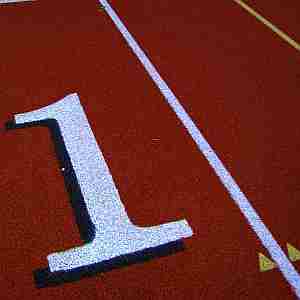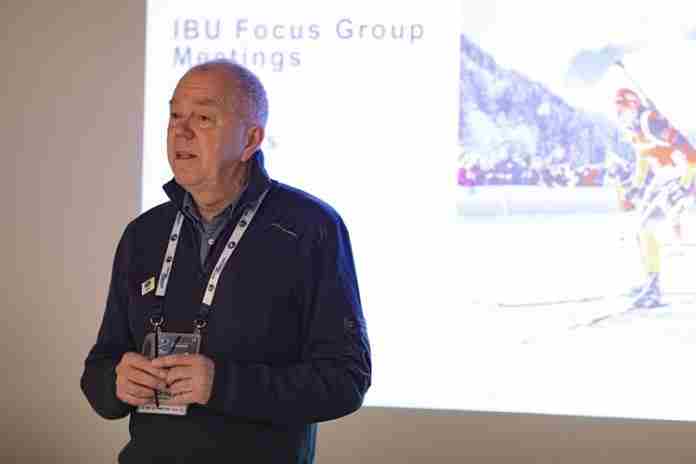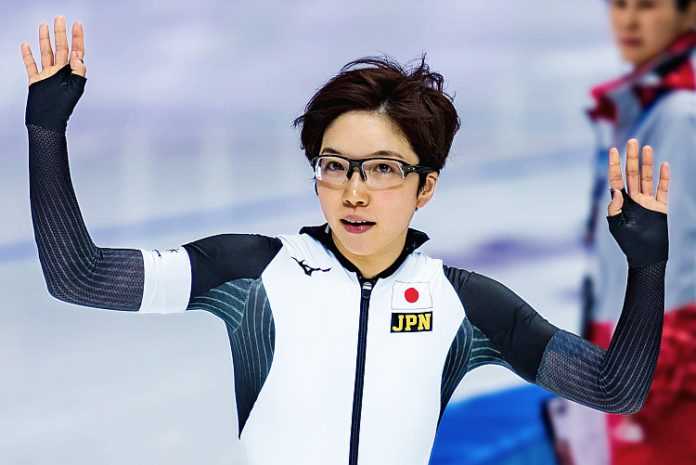 For those who are not close watchers of the Biathlon scene, these have been troubled months for the International Biathlon Federation.
For those who are not close watchers of the Biathlon scene, these have been troubled months for the International Biathlon Federation.
Last year, the federation saw the resignation of its long-time President, Anders Besseberg (NOR) and Secretary General, Nicole Resch (GER) after allegations of bribery over Russian doping positives surfaced from an investigations by Austrian and Norwegian authorities.
A new president, Swede Ollie Dahlin, was elected and the promise was that the federation would be cleaned up from the inside. The investigations have continued, and there have been several apparently unrelated resignations from the IBU staff in recent days, including the acting Secretary General, Martin Kuchenmeister (AUT).
All this tumult has led to an extensive work program for the IBU’s specially-appointed External Review Commission, which is trying to figure out what happened with Besseberg and Resch and how to prevent it in the future.
The group published a four-page report made public by the IBU on its Web site and it provides a fascinating look into what such groups do. Without boring you with the entire report, here’s a summary:
● Consultation with the Austrian criminal prosecutors, to figure out which crimes are alleged to have been committed, what evidence is available that can be released to the IBU’s Commission and establishing a line of communications for the exchange of information going forward.
The report noted that “The discussions were very constructive, and we are confident that the Commission will be in a position to assist the criminal authorities with their investigations.”
● Review of the IBU’s own governance documents, rules and regulations to identify the necessary sections which may need revisions to ensure future checks on administrative power to assure that future criminal activities do not occur.
● A review of Austrian law to make sure that IBU’s own regulations comply with national laws there, since the IBU headquarters is in Salzburg.
● A review of the actions of Besseberg and Resch and possibly others with Austrian laws so that a civil action could be filed in addition to any criminal action in Austria (or Norway).
● Consultation with the World Anti-Doping Agency on its investigations of Russia, especially data concerning biathletes at the Sochi Games in 2014 and IBU World Championships and World Cups from 2011-15.
● Consultation with the Russian Anti-Doping Agency (RUSADA) to obtain the Athlete Biological Passport data for Russian biathletes, for comparison to the Moscow Lab data obtained by WADA and eventually for added testing of the actual samples.
● Interviews with witnesses, “starting with current and former IBU directors, officers, employees and representatives” beginning in the near future.
● Creation of a whistle-blowing “hotline” via a third-party contractor, “so that any stakeholder in the sport (whether an athlete, an official within the IBU or any of its member federations, or any other interested third party) who believes s/he has information that may be relevant to the Commission’s work may provide that information safely, securely, and confidentially to the Commission via a web-based site.”
In addition, a secure file-sharing portal for the use of Commission members, is also going to be created.
● A continuing review to see if there are individuals within the purview of the IBU who should be suspended, based on the information obtained from the prosecutors, WADA or others.
This is a comprehensive approach and well thought out, covering criminal and civil issues and the IBU’s own rules and regulations. The chair of the Commission is British lawyer Jonathan Taylor, better known to many as the head of the World Anti-Doping Agency’s Compliance Review Commission … the one that recommended Russia be provisionally reinstated back in September.
At the same time, the IBU has new projects underway to confirm or change the direction of the federation. There is a group working on what is called the first-ever “strategic plan” for the IBU, a constitutional review and the IBU’s anti-doping working group, all trying to complete their processes in time for passage of legislation at the next IBU Congress, scheduled for September. And the IBU’s new Ethics Commission met for the first time in January.
It was especially worthwhile to note the IBU’s statement of the stakeholders involved in the strategic-vision group:
“Focus Group meetings with Athletes, Coaches, National Federations, Committee Members, Staff Members, Technical Delegates, Organising Committees and External Partners were held earlier this month to provide them with a forum to voice the opportunities and challenges they face. A large number of athletes were involved in both the Focus Group meetings and questionnaires, which were sent to stakeholders by the IBU in December 2018, and the Strategic Plan is now being developed.”
As the U.S. Congress looks at what to do about the United States Olympic Committee and the U.S. National Governing Bodies in the wake of the Larry Nassar scandal, the IBU’s list of stakeholders is a reminder that there are a lot more folks involved in sport – especially at the national and international level – than just the athletes.
However, the IBU would help itself by noting the number of athletes who are involved in the process, as well as those who may have declined given that the sport is in mid-season.
Change in any organization which has been around for a long time, especially one that had a president who served for 26 years (!), is difficult. But the IBU appears to be on the right track, at least with a comprehensive agenda for reform which can move it forward even if the future holds news of criminal indictments of its former leadership.
The IAAF is in the same situation, but is far less transparent about its activities and finances than the IBU, excepting its Russian working group reports from Norway’s Rune Andersen. Here’s hoping that the track & field federation become more transparent rather than less, and follows some of the example set by the biathlon crowd.
Rich Perelman
Editor

























